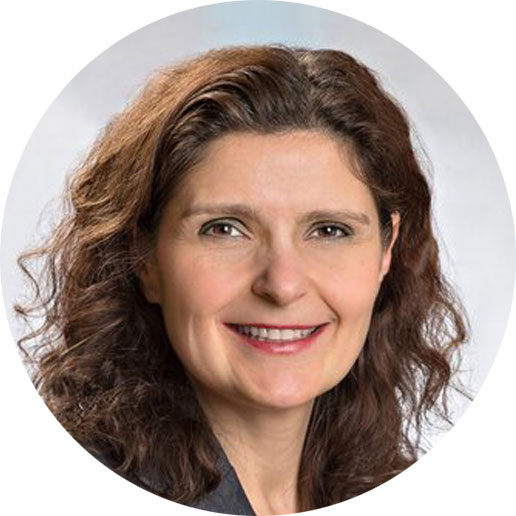Watch for symptoms, and stay on top of appointments and screenings.
Individuals who are diagnosed with Hodgkin lymphoma and then have treatment will most likely be cured. It is also true that they are approximately twice as likely as the rest of the population to develop a subsequent cancer.
A subsequent cancer is unrelated to the original diagnosis but results because of treatment –radiation, chemotherapy, or a combination of the two. Hodgkin survivors who received radiation to the neck, chest, or abdominal area are especially vulnerable for solid tumors. Those who received chemotherapy that included alkylating agents (for example, MOPP regimens that included mechlorethamine, procarbazine or those with cyclophosphomide), typically are at greater risk for blood cancers, such as leukemia and myelodysplastic syndrome, which has symptoms that may include shortness of breath, fatigue, and easy bruising. These are most likely to occur within the first decade after treatment. Such agents may also increase the risk of solid cancers, especially if patients were also treated with radiation. Solid tumors are comprised of a solid mass of cancer cells that grow in organ systems, such as the breasts.




